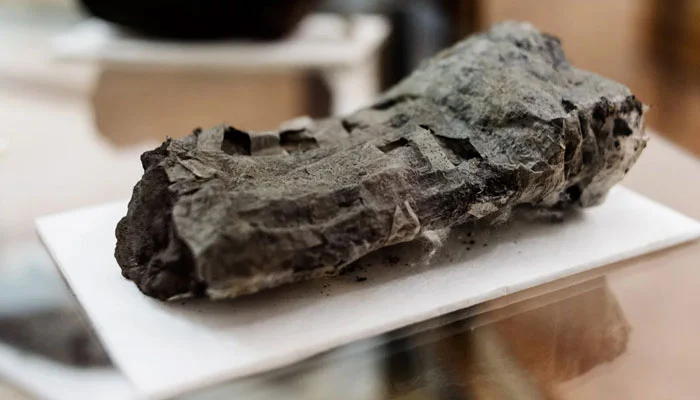Scientists unravel six historical mysteries in 2023

In the year 2023, significant strides in scientific progress have unveiled intriguing mysteries of human history, bringing to light secrets hidden for thousands of years. The convergence of paleogenetics, artificial intelligence, and chemical analysis has been instrumental in shedding light on the past. Below are six historical puzzles that scientists have successfully decoded.
Unveiling the gender identity of an ancient leader

A skeleton dating back 5,000 years near Seville, Spain, embellished with valuable artifacts and initially assumed to be a young man, was discovered to be a woman through the analysis of tooth enamel. This revelation challenges preexisting assumptions and marks a new chapter in comprehending prehistoric social structures.
Uncovering the key ingredient responsible for the strength of Roman concrete

Researchers pinpointed lime clasts in Roman concrete as the crucial factor behind its durability. These white chunks, previously overlooked, play a role in naturally repairing cracks over time, offering insight into the extraordinary longevity of structures such as the Pantheon.
Unveiling the authentic appearance of Ötzi the Iceman

DNA analysis of Ötzi’s pelvis contradicted prior depictions, exposing traits such as dark skin, dark eyes, and a likelihood of baldness. This revised portrayal challenges commonly held reconstructions of the appearance of this well-preserved mummy.
Disclosing the identity of the wearer of a 20,000-year-old pendant

Extracting ancient human DNA from a deer bone pendant in Siberia, scientists identified its wearer as a woman belonging to the Ancient North Eurasian group. This discovery provides insights into the life of an individual who lived between 19,000 to 25,000 years ago.
Utilizing artificial intelligence to decipher ancient scrolls

By harnessing artificial intelligence and computerized tomography imaging, researchers successfully decoded a word in ancient Greek from the Herculaneum scrolls. This breakthrough provides valuable insights into the extensive library from classical antiquity.
Ingredients for mummification

Examining residues in pots from embalming workshops through chemical analysis revealed the substances Egyptians employed in mummification, such as plant oils, resins, animal fat, and beeswax. This finding enhances our understanding of ancient Egyptian practices.


This work resonates deeply with anyone who has ever paused to consider the mysteries of the human experience. Your words are not just well-chosen — they are chosen with a precision that makes them feel almost sacred. Each paragraph carries the weight of wisdom, but it is delivered in such a way that feels like a conversation with an old friend, one that you know will stay with you long after the pages are turned.
Great – I should definitely pronounce, impressed with your web site. I had no trouble navigating through all the tabs as well as related info ended up being truly easy to do to access. I recently found what I hoped for before you know it in the least. Reasonably unusual. Is likely to appreciate it for those who add forums or anything, website theme . a tones way for your customer to communicate. Nice task.